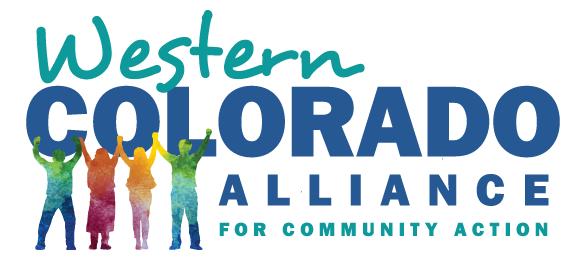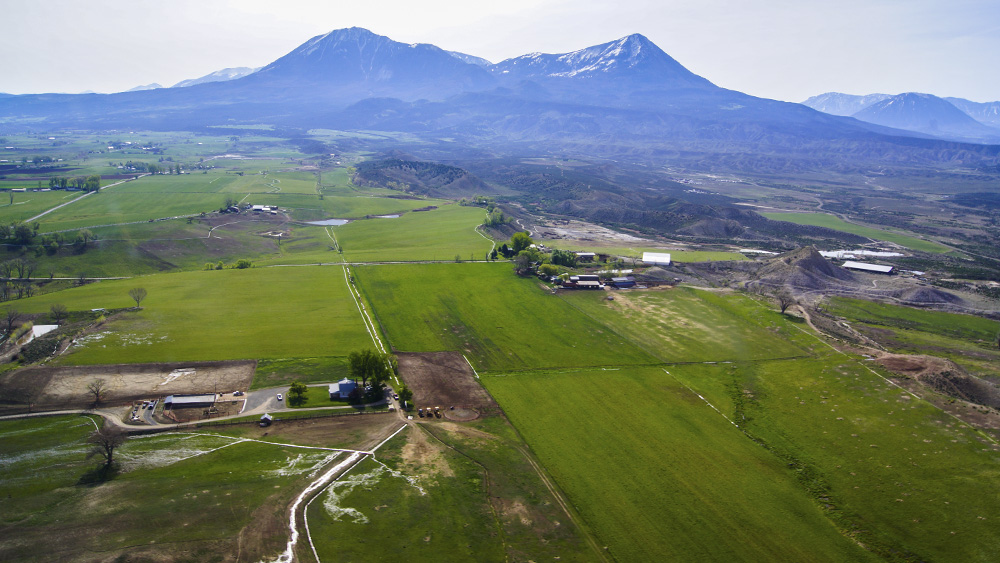- An Alliance For Community Action
- (970) 256-7650
- info@WesternColoradoAlliance.org
Trump administration approves massive giveaway to fossil fuel companies in final management plan
On April 10, the Bureau of Land Management (BLM) released the final draft of the long-anticipated Uncompahgre Field Office Resource Management Plan. This plan will impact the future of 1.7 million acres across Western Colorado and is a complete giveaway to fossil fuel companies, throwing out years of community input. While Colorado’s governor and the public are focused on a major health crisis in the state, the BLM released a plan that could open up 95% of the public lands in the area to oil and gas development, threatening local farmers and businesses in the region.
Community leaders across the Slope say the plan fails to protect public health, provide ecological well-being, or promote a sustainable rural economy on Colorado’s Western Slope. These leaders say that at a time when small businesses are shutting their doors and communities of the rural Western Slope are telling visitors to stay away, the Trump Administration should not be barreling forward with land use planning that harms our community and environment.
“I grow food in the farm-to-table capital of Colorado, the Lower Gunnison watershed. Over the past nearly ten years, I’ve worked to identify to the BLM what I need them to consider as they make their land-use decisions for the lands around and upstream of me,” said Alliance member Mark Waltermire, owner of Thistle Whistle Farms. “For my farm, and the nearly 100 other Valley Organic Growers Association (VOGA) producers in this valley, this means clean air, clean water, and an understanding that our reputation for clean delicious food is easily destroyed. I am disappointed that the BLM has ignored the agricultural community of the North Fork in its RMP, and has failed to listen to and consider the input we’ve worked hard to give them.”
The final plan, which the BLM began revising in 2010, is meant to guide all activities and development in the Uncompahgre Field Office planning area for the next two decades, impacting the future of 1.7 million acres across Western Colorado. Today, we see the final plan opens the entirety of the North Fork Valley and other critical areas to oil and gas leasing and development while removing or limiting critical protections to safeguard the local community’s air, water, wilderness, and wildlife.
Despite making minor changes at the request of Governor Polis, the plan is dramatically out-of-step with the protections local residents have requested for a decade.
The most disappointing aspect of the final plan is that it undermines years of collaboration and local engagement. It completely disregards a community-crafted plan for the North Fork Valley.
In 2014, a diverse group of North Fork stakeholders, including agricultural, tourism, realty, business, and conservation organizations, came together and developed a “community alternative” — essentially a locally grown vision and set of guidelines — for oil and gas management in the area. Called the North Fork Alternative Plan, the balanced proposal would allow for the consideration of regulated energy development on up to 25 percent of the area’s federal lands with additional protections for lands important to hunting, fishing, and other outdoor recreation activities.
Our Alliance endorsed this plan, helping generate hundreds of comments in support. The agency’s final plan ignores this community proposal, and in turn, dismisses the community’s own vision for a sustainable future and diverse economy.
One small piece of good news is that the final plan did find 16 stream segments suitable for wild and scenic management, allowing for strong interim protective management. This is good news for eight streams in the San Miguel River watershed, five in the Dolores River watershed, and three in the Gunnison River watershed.
Western Colorado Alliance and our allies will continue our analysis of the final document and explore options to protect the farms, wildlands, air, and water of the North Fork Valley and beyond.
This article was originally published as a press release from the Western Slope Conservation Center and has been reprinted here with minor edits and permission from WSCC. Photo courtesy of Eco-Flight.


